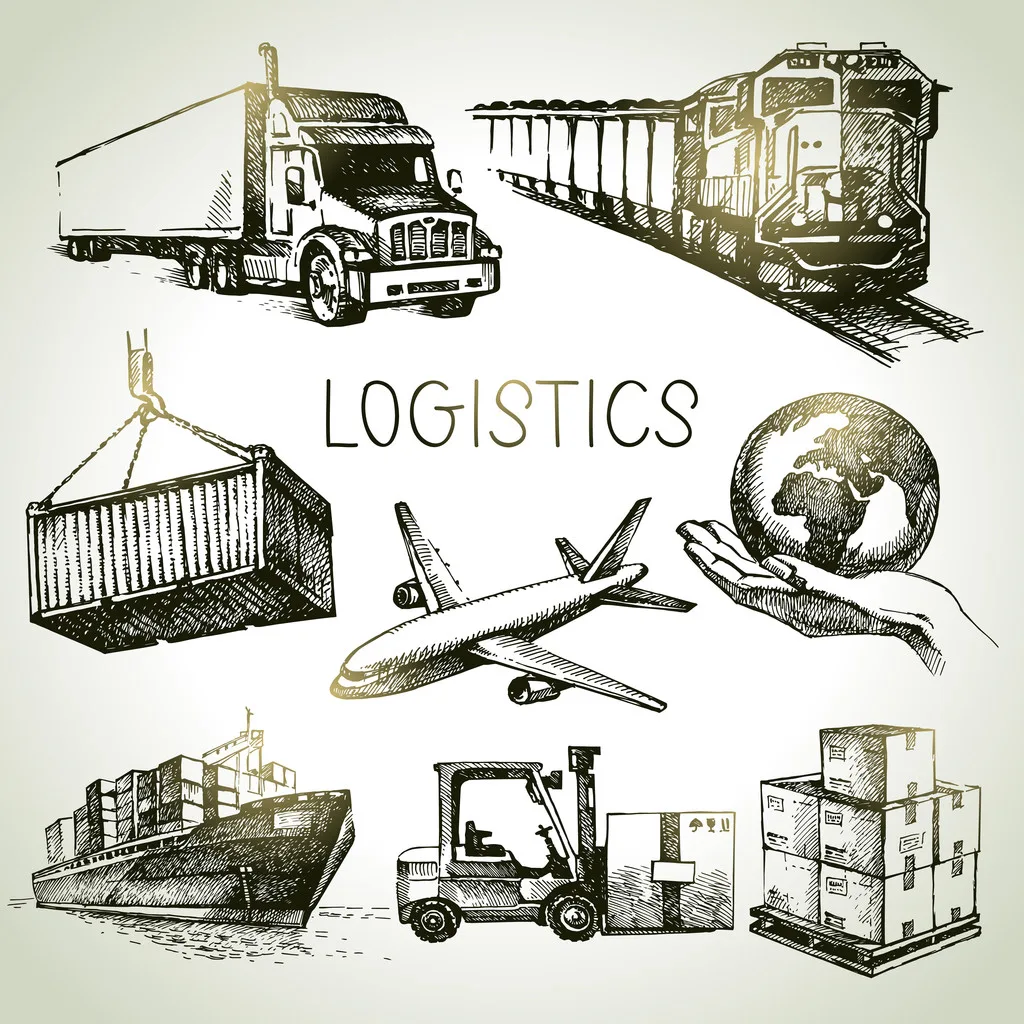In the context of global economic integration, China, as the leader of global manufacturing, has continued to expand its export sector, attracting the attention of many overseas buyers. However, ensuring smooth, safe and efficient cross-border logistics while effectively avoiding taxes and additional expenses has become a challenge in international trade. At this time, DDP (Delivered Duty Paid) stands out as a high-level trade delivery clause, providing a seamless solution for the flow of goods across national borders and deeply in line with the trend of global procurement.
International trade rules are complex. Among them, Incoterms defines the limits of liability between buyers and sellers in terms of logistics, insurance, tariffs and other costs. As a popular international trade standard, DDP is especially suitable for the export of goods from China to all over the world. Its core is to provide international transaction parties with a logistics model that integrates convenience, safety and economy. This article aims to deeply analyze the connotation, unique advantages, implementation steps and precautions in practice of DDP, with a view to providing a detailed operation manual for all parties involved in international trade.
Definition of Delivery Duty Paid (DDP)
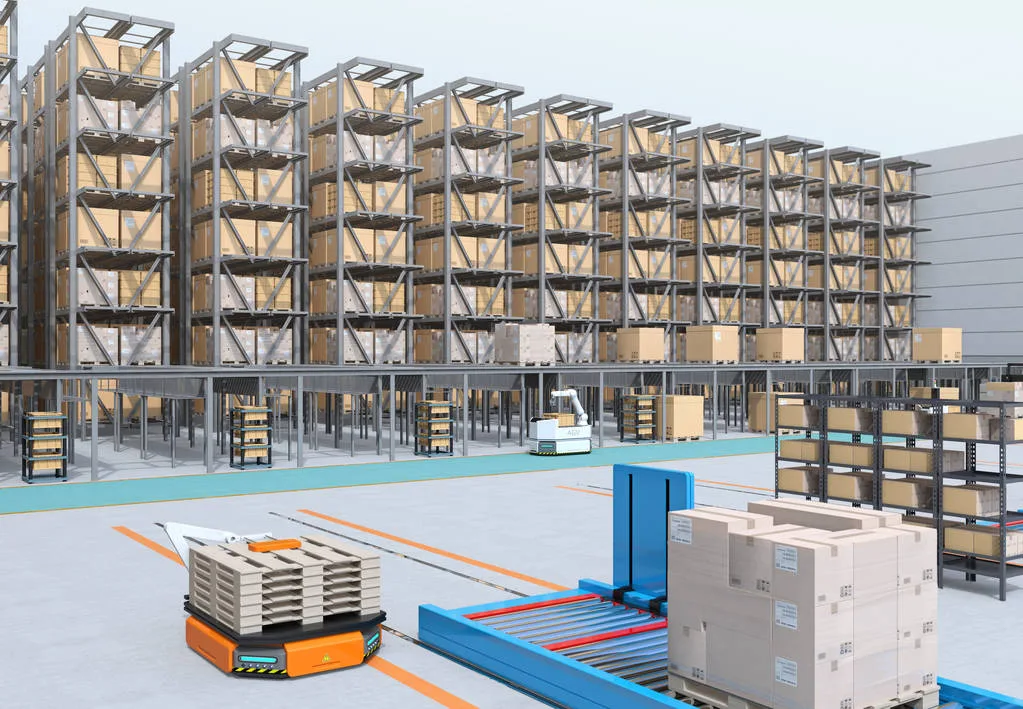
DDP, the full name of Delivered Duty Paid, is one of the terms widely used in the field of international trade. It clearly states that the seller must bear all responsibilities, costs and risks of delivering the goods to the buyer’s designated location. This package of responsibilities covers logistics, insurance, Import duties and taxes and all related taxes.
In-depth understanding: Distinguish the differences between DDP and DAP trade terms
Analysis of China’s Adoption of DDP Transportation Mode
Choosing the DDP model to ship from China means that the goods are shipped from China until they arrive at the final destination, during which all customs clearance costs are borne by the seller. This model greatly simplifies the buyer’s financial budget process and ensures the total transportation cost. The accuracy of the estimate also saves buyers from dealing with cumbersome customs documents and potential delays, greatly improving transaction efficiency.
The innovation of DDP logistics service lies in its “duty paid and paid” concept, which is provided by the freight forwarder and aims to relieve the consignee from worries about customs clearance and tax payment.
Adjustments to The Division of Roles and Responsibilities In China’s DDP Shipping
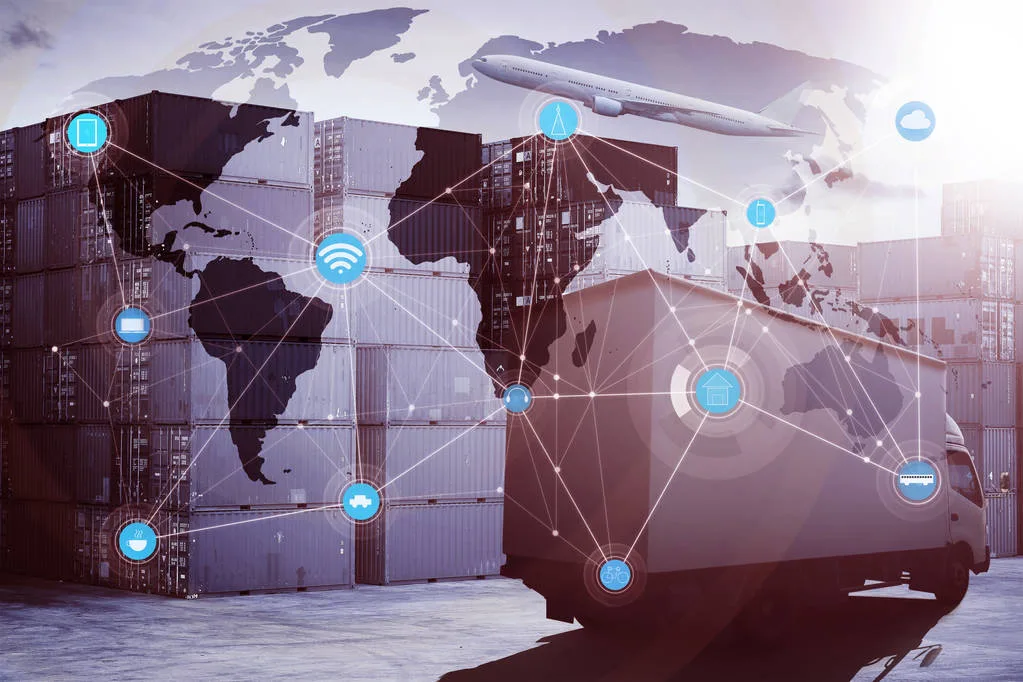
Responsibilities of the Seller (exporter)
Under the DDP clause, the seller bears the entire responsibility and expenses from the time the product leaves the factory (EXW is the minimum responsibility, DDP is the maximum responsibility) until the goods are delivered to the location designated by the buyer.
Including but not limited to obtaining necessary import licenses, handling customs clearance procedures between the exporting country and the importing country, paying all taxes and fees on the way, arranging international segment transportation, proper packaging and marking of goods, initial inland transportation within China, and final terminal distribution. .
If the seller is unable to obtain an import license for any reason, it should consider using DDU (Delivery Duty Unpaid) clause instead.
The Main Responsibilities of the Buyer (importer)
You only need to receive the goods after they successfully arrive at the designated location, and the seller will be responsible for all other matters involving logistics and taxes.
Attribution of Tariff Responsibilities of DDP
According to the terms of the DDP (Delivery Duty Paid) agreement, all import duties and taxes are borne and handled by the seller. This means that the seller is not only solely responsible for the logistics arrangements from the origin to the destination, but also needs to bear all tax expenses such as import duties and value-added tax (VAT) in the target market, which greatly reduces the buyer’s burden and burden in the import customs clearance process. Economic pressure, the buyer just needs to be prepared to receive the goods.
DDP Ocean Freight Execution Steps

Order and contract established: The buyer and seller reach an agreement based on the DDP terms and formally sign the contract, clarifying the legal responsibilities and cost sharing of both parties. The seller needs to have a detailed understanding of the buyer’s specific needs, such as delivery time windows and exact addresses.
Goods preparation: The seller organizes the goods to ensure that packaging and labeling comply with the import standards of the destination country to prevent possible problems during transportation.
Domestic logistics and export customs declaration: The seller organizes the delivery of the goods to the Chinese exit port and is also responsible for completing export customs clearance, including submitting necessary documents and paying relevant handling fees to ensure a smooth export process.
Cross-border transportation: Based on cost, time and cargo characteristics, the seller selects the best transportation method among sea transportation, air transportation or railway to ensure the safety of the goods and arrive at the destination country on time.
Import customs clearance in the destination country: After arriving in the destination country, the seller continues to be responsible for the import customs clearance, submits customs clearance documents, pays duties and taxes, and ensures that the goods enter customs in compliance with regulations.
Final delivery: After customs clearance is completed, the seller arranges the final inland transportation and delivers the goods directly to the buyer’s designated location, such as a warehouse, store or production site, completing the entire DDP delivery process.
What are The Ways to Ship from China DDP?

Detailed Explanation of Air DDP Shipment
DDP air freight service is an efficient and economical logistics solution from China to international destinations, especially suitable for time-sensitive and high-value cargo. In this model, the seller is responsible for the air transportation of the goods and assumes all import duties, taxes, and customs clearance processes in the destination country, providing buyers with a “door-to-door” worry-free experience.
The common operating procedures of China’s DDP air freight services have been optimized, such as the services provided by professional freight forwarders such as Baseton Logistics, including but not limited to:
Complete the export customs clearance formalities at the departure airport (such as Shanghai Pudong International Airport or Hong Kong International Airport).
Arrange air transportation of goods to the destination airport (such as New York’s John F. Kennedy International Airport JFK, and Germany’s Frankfurt Airport FRA).
Complete import customs clearance at the destination airport to ensure smooth entry of the goods.
Transfer the goods after customs clearance to a warehouse close to the destination for temporary storage.
Last-mile delivery, the goods are delivered to customers through local reliable express service providers (such as SF Express, TNT, or UPS local service).
Integration Of Innovative Logistics Models
In recent years, a new integration trend has emerged in the logistics industry, which is to decouple international long-distance transportation from local distribution to achieve cost optimization. Traditionally, international express delivery giants (ดีเอชแอล, เฟดเอ็กซ์, ยูพีเอส) provide a full range of high-priced services from start to finish. Now, by combining international segment transportation with local express services in the destination country, companies can significantly reduce logistics costs while maintaining transportation efficiency. This method achieves the best balance between logistics costs and service quality by flexibly selecting the optimal service for each segment.
Ocean Freight DDP Shipping from China
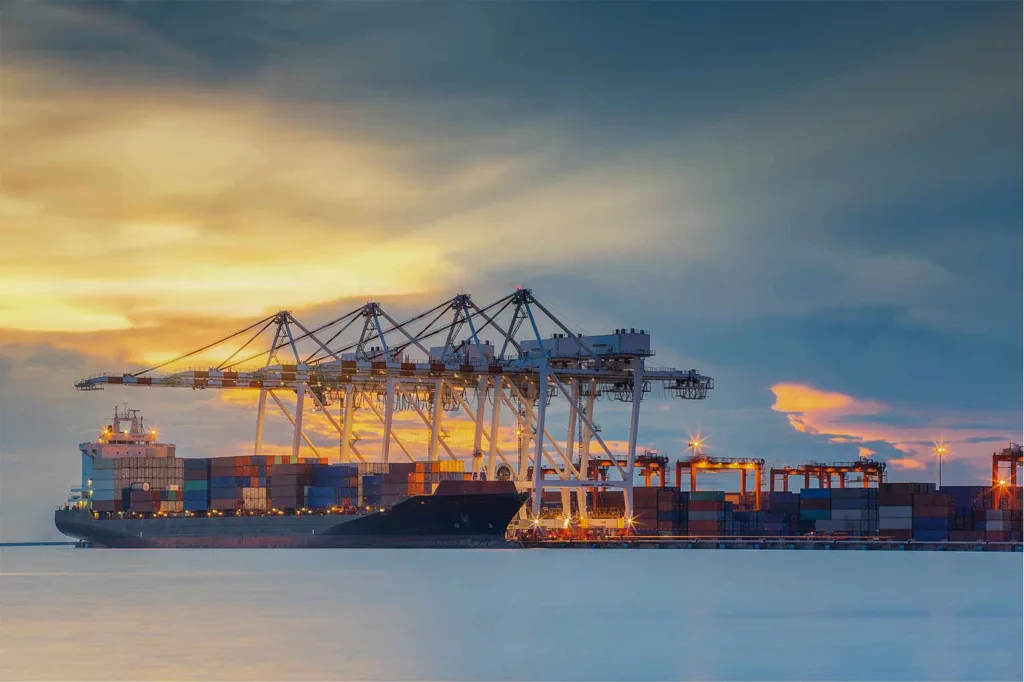
Ocean DDP transportation is the most economical and flexible way to transport goods.
DDP Shipping involves several different shipping companies. Ocean shipping requires shipping companies to transport goods from one country to another, so door-to-door delivery services in various countries can be provided through express companies such as UPS or FedEx.
The next step is customs clearance. In order to ship goods internationally, they must clear customs in both countries. This is a complex process involving many people, but it is necessary in order to comply with international law and support the free flow of trade across borders.
Next are duties and other fees. Due to U.S. tariffs on imported goods, additional charges must be paid before shipment.
However, despite these additional costs, sea freight remains the most cost-effective mode of transportation, primarily because it takes advantage of economies of scale.
China Railway Freight DDP Transportation
In DDP Rail Freight, e-commerce sellers are not required to provide any vouchers, VAT or EORI numbers. Customs declaration documents are actually processed by Basinton Logistics, and the taxes and fees are determined by us. All you have to do is fill out customs documents with your business account information. Once the product is in the FBA warehouse, it is ready for sale.
There are still many factors to consider when shipping goods, including transit time, cost and customer preferences. Rail shipping from China to Europe is a fast, efficient and affordable shipping method for e-commerce buyers or sellers. No additional cost is required.
DDP Shipping Service Applicable Scenarios

DDP service is suitable for a variety of transportation methods, including sea transportation, air transportation, land transportation, etc. Especially for goods sent to third-party warehouses such as Amazon warehouses and overseas warehouses, DDP double-clearance tax-free door-to-door logistics transportation mode is adopted. In addition, DDP services can also provide fast and reliable transportation solutions for goods that require fast delivery and high time requirements.
In fact, the widespread use of DDP for shipping in China started with Amazon.
“Amazon is not responsible for or collects any duties, taxes, or shipping fees associated with FBA inventory. All shipments must use Delivered Duty Paid (DDP), sometimes called “Free Shipping” shipping terms. Any shipments to Amazon fulfillment centers Goods for which a charge has been made, including any duties, taxes or freight charges, will be rejected and no further concessions will be made.”
Another huge advantage is that you can take all the guesswork out of CIF purchase costs. The price you pay to the supplier is the final price and includes the cost of shipping the goods in China. This makes profit and loss calculations very easy, especially for Amazon FBA sellers who must consider seller fees and FBA fees to correctly calculate profits.
Advantages and Disadvantages of DDP Shipping
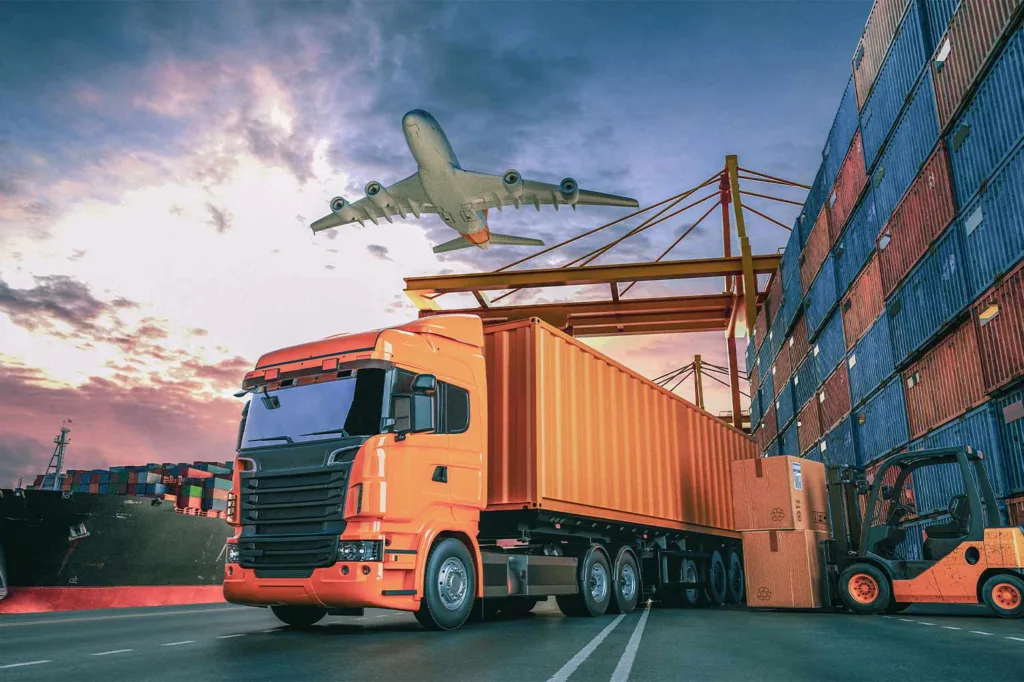
Advantage
Reduce buyer risks: Under DDP terms, buyers do not need to worry about paying additional fees such as duties and freight, which reduces transaction risks.
Improve transaction efficiency: The seller is responsible for all transportation and customs clearance procedures, reducing the buyer’s operational links and improving transaction efficiency.
Simplify trade processes: DDP clauses simplify trade processes, reduce contract terms and dispute points, and reduce transaction costs.
Shortcoming
Increased costs for sellers: Sellers need to bear all shipping and customs clearance costs, including duties and taxes, increasing the cost burden.
Increased risks for the seller: The seller needs to bear the risks of the entire transportation process, including risks of loss, damage, etc. of goods, which increases risk exposure.
May lead to price increases: Due to the increase in seller costs, the price of goods under DDP terms may increase accordingly, affecting market competitiveness.
Learn More: Advantages and Disadvantages of DDP Shipping Protocol

